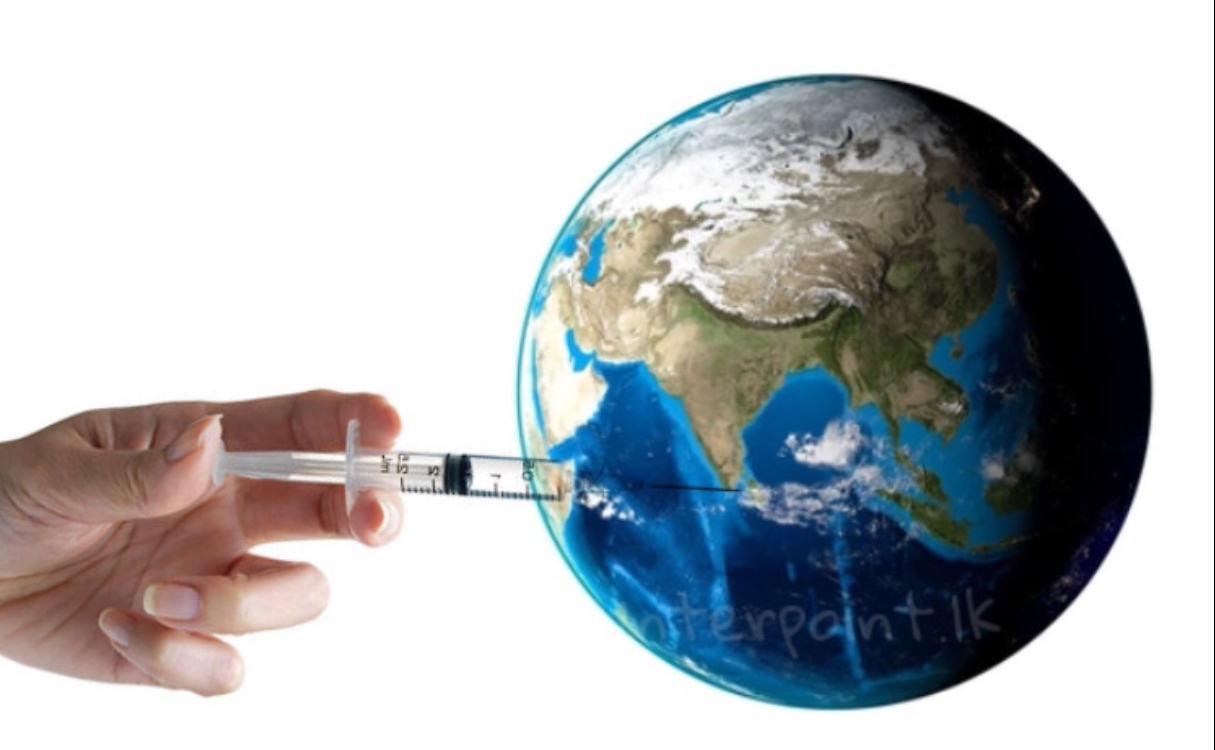We need vaccines now and not next year”
Director General of the World Health Organization Dr. Tedros Adhenom Ghebreyesussaid yesterday that at present, the Covid 19 virus is moving faster than the global distribution of vaccines.
The opening remarks of Dr. Ghebreyesus at the Press Briefing are as follows.
“Though the number of new cases of COVID-19 reported to WHO has declined for 7 weeks in a row, deaths are not falling as quickly. The global decline masks a worrying increase in cases and deaths in many countries. The steep increase in Africa is especially concerning.
At the G7 Summit on Saturday, I said that to end the pandemic, our shared goal must be to vaccinate at least 70% of the world’s population by the time the G7 meets again in Germany next year. To do that we need 11 billion vaccines. The G7 and G20 can make this happen.
I welcome the announcement that G7 countries will donate 870 million vaccine doses, primarily through COVAX. This is a big help, but we need more, and we need them faster. More than 10 thousand people are dying every day. We need vaccines now and not next year. Right now, the virus is moving faster than the global distribution of vaccines.
The emergence of more transmissible variants means public health and social measures may need to be more stringent and applied for longer, in areas where vaccination rates remain low. To improve the evidence base on the effectiveness of public health and social measures, WHO is collecting data from around the world on which measures are used and the level at which they are applied. We have also established a new WHO working group, with the support of Norway, to study the impact of public health and social measures during COVID-19 and other health emergencies”. He said.
A recent study in the Lancet showed Africa has the highest global mortality rate among critically ill COVID-19 patients, despite having fewer reported cases than most other regions.
Available evidence suggests new variants have substantially increased transmission globally.
That means the risks have increased for people who are not protected, which is most of the world’s population.
There are enough doses of vaccines globally to drive down transmission and save many lives, if they are used in the right places, for the right people.
Health workers and those most at risk must be given priority over those at low risk.
In G7 countries, high vaccination rates have helped to bring cases and deaths from COVID-19 to near record lows.
But most countries continue to rely solely on the public health and social measures that have been the backbone of the response to date.
Indeed, many countries have successfully kept COVID-19 at bay without vaccines, through the tailored and consistent use of these measures.
Public health and social measures are effective against all variants.
But the emergence of more transmissible variants means public health and social measures may need to be more stringent and applied for longer, in areas where vaccination rates remain low.
But while we can test vaccines in laboratories or with randomized controlled trials, it is not so easy to test the effect of public health and social measures.
Because countries typically use a range of measures at the same time, disentangling the precise impact of each individual measure can be challenging.
The effectiveness of public health and social measures is also subject to the level of adherence by a population, and the commitment of governments to support them.
Results can also be difficult to generalize from one location to another because of differences in culture, climate, living conditions and so on.
What matters is not just the measure itself, but how and when it is implemented.
All measures have a social impact. The objective for all countries should be to implement all measures in a way that maximizes the public health benefit, while minimizing the social impact.
To improve the evidence base on the effectiveness of public health and social measures, WHO is collecting data from around the world on which measures are used and the level at which they are applied.
We’re also working with several countries and modelling groups to assess the impact of public health and social measures on transmission.
We have also established a new WHO working group, with the support of Norway, to study the impact of public health and social measures during COVID-19 and other health emergencies.”





